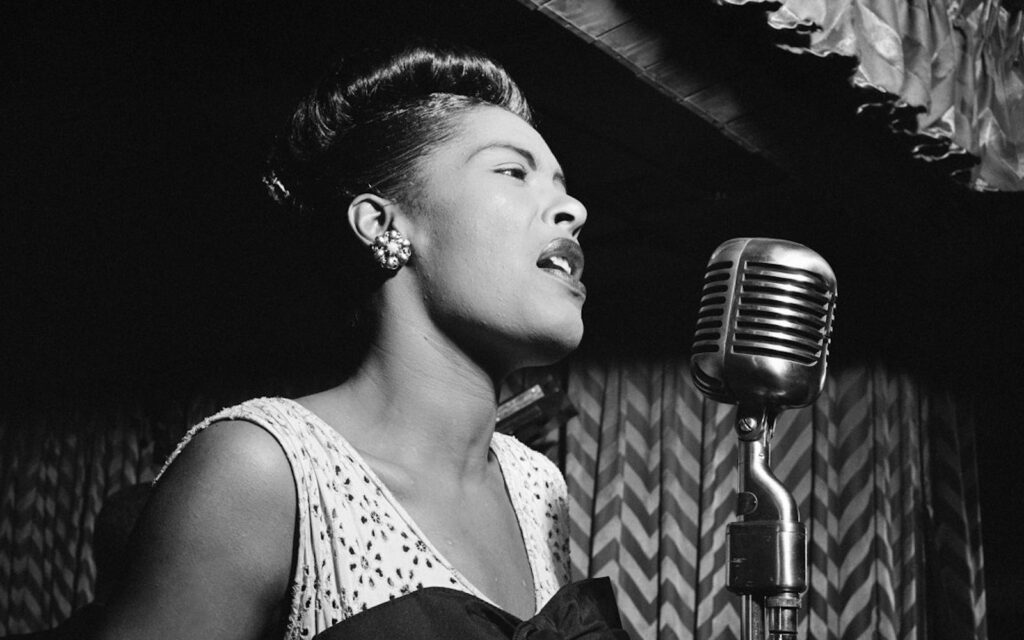By the time The Runaways broke up in the late ’70s, Ford had become a role model herself. The Runaways – featuring a corset-clad Cherie Currie on vocals, Joan Jett and Ford on guitar, Sandy West on drums and Jackie Fox on bass – would inspire a generation of women to confront the prevailing misogyny of rock’n’roll and lay the foundations for the riot grrrl punk rock movement of the ’80s. The Runaways story is also inextricably linked with the Svengali efforts of infamous scenester Kim Fowley, the band’s manager and public champion.
Ford’s testimony in Edgeplay, the 2005 documentary on The Runaways, suggest a difficult relationship between Ford and Fowley; Ford counters this inference, saying that while Fowley was an odd character, her (platonic) relationship with him was fine. “I actually shared an apartment with Kim, though I had my own bedroom, and didn’t even go inside his bedroom – it was scary in there!” Ford laughs. “I’d come home and he’d be having sex on the kitchen table, and I’d say ‘Hi Kim’, then I’d rush into my bedroom and close the door! He was weird and eccentric, but that was okay.”
Fowley’s efforts at constructing the band’s image – an unholy mix of Andrew Loog Oldham, Malcolm McLaren and Hugh Hefner – continue to elicit criticism. Ford, however, says she and her band mates weren’t necessarily pushed into pretending to be anything they weren’t. “We dressed ourselves in the way we wanted, and we portrayed ourselves in the way that we wanted,” Ford says. “Cherie liked to wear the corset, and I had those hot pants that went right up my butt because I liked wearing shorts! But as far as which magazines go, that was not in our control, because we just weren’t old and experienced enough to know what to do.”
The Runaways eventually broke up in 1979, with Ford estranged from Currie, though apparently still on good terms with Jett. “We were growing up, becoming adults and we went in different directions,” Ford says. “We all chose different paths, and it wasn’t an ugly split – although me and Cherie had a bad split, but Joan and I left on good terms.” Ford reinvented herself as the lead singer of her eponymous heavy rock band. “Being in The Runaways was like being in college, and then I was released into the world as a solo performer,” Ford says. “When I started out I couldn’t sing, so I realised I had to throw myself out and learn how to sing and play guitar at the same time.”
Ford’s 1988 album, Lita, featured a duet with Black Sabbath front man Ozzy Osbourne on Close My Eyes, an experience Ford says opened her own eyes to Osbourne’s talents. “Everybody knows Ozzy’s a character, but what I discovered is that he’s also very talented,” Ford says. “Mike Chapman put us in the studio with a sheet of glass between us, so we were facing each other, and I got to see his vocal performance, and the way he was hitting the high notes.”
In the mid ’90s Ford had withdrawn from the music scene, her departure coinciding with the emergence of grunge and the dilution of commercial and popular interest in heavy rock. Ford married, moved to the Caribbean and started a family. While it may have seemed like Ford had moved onto a new phase in her life, in reality she was trapped in a dysfunctional relationship.
In 2011 Ford divorced her husband, Jim Gillette and began pouring out her pent-up feelings in the form of songs for her comeback album, Living Like A Runaway. “It was like I was held hostage in this marriage,” Ford says. “When I did break away, I wrote everything down and turned to my guitar. I think that a lot of people will be able to relate to it – it’s a survival record.”
Ford has since reconciled with both Currie and Jett, though Jett has yet to commit to a Runaways reunion. Ford is glad to back playing music, and has no intention of leaving music again. “I want to die on stage. I look at The Rolling Stones and I think if I die – which is inevitable – that’s the way I want to go. I’ll be an old grandmother with a guitar on stage,” Ford laughs.
BY PATRICK EMERY







